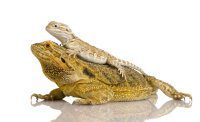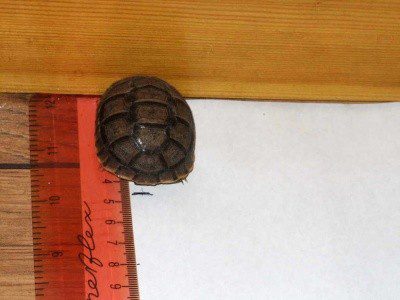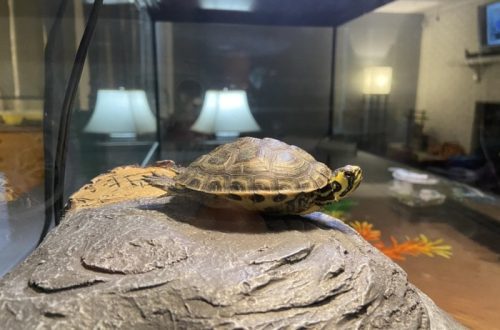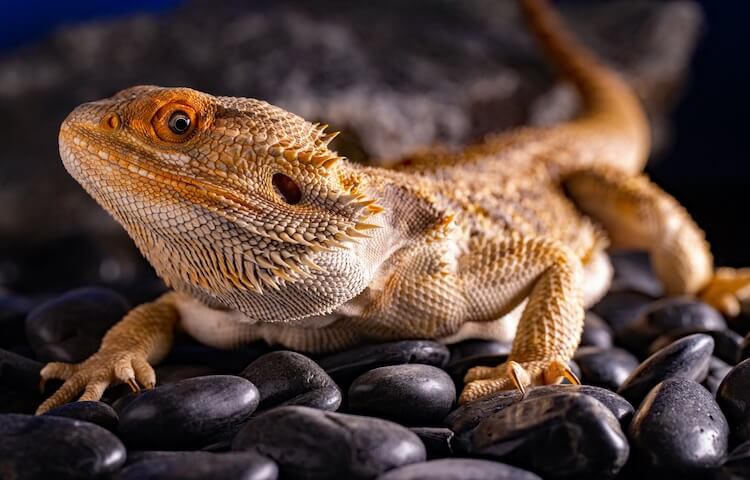
Morphs of Bearded Dragons (Pogona vitticeps)
The bearded dragon is one of the favorite species among terrarium keepers. The content is quite simple .. but now is not about that. Here we will look at the main Morphs that breeders from all over the world manage to achieve. If you are interested in knowing how one morph differs from another, this section is for you.
Contents
- Common bearded dragons
- German Giant Bearded Dragons
- Italian Leatherback Morphs
- Silkback Morphs
- American Smoothie Morphs
- American Silkback Morphs
- “Thinner” Dragons
- Translucent Morphs
- “Hypo” Hypomelanistic Morphs
- Leucistic Morphs
- “White Flash” Dragons
- Japanese Silverback Dragons
- Albino Dragons
- Now Morphs by color:
Common bearded dragons
Or the normal bearded dragon morph. This is how we are used to seeing him. Color from sandy to gray, the belly is light.
German Giant Bearded Dragons
“German Giant” is the result of the efforts of German breeders. This morph can overlap with any other bearded dragon morph and is distinguished by the animal’s exceptional size. Rumor has it that this morph is the result of a cross between pogona vitticeps and a larger species of dragon.
Italian Leatherback Morphs
Leathery Bearded Dragons are a fairly common line of bearded dragons that appear to have been discovered almost by accident. An Italian breeder noticed dragons with less spiky scales and crossed them in what would become the first generation of leathery dragons. There are many variations of this morph – some individuals retain lateral spines, some have almost none. The gene responsible for the “skinnedness” of bearded dragons is co-dominant.
Silkback Morphs
The “silk morph” Silkback was first discovered by breeding leatherback & leatherback. As a result, the offspring came out as follows: 25% Silkbacks, 50% Leatherbacks and 25% Normal. Silkbacks are distinguished from other morphs by their almost bare skin. To the touch, the skin of these lizards is silky, soft. A side effect is increased sensitivity to ultraviolet light, and the skin often becomes very dry. So this lizard will have to pay more attention than the usual Bearded Dragon.
American Smoothie Morphs
This is the American version of the leatherback morph. Technically, this is a different morph: American smoothie is recessive while leatherback is dominant. Thus, despite the same end result, the genes due to which it is obtained are different. Literally, American smoothie is translated as Gallant (Flattering, Polite) American.
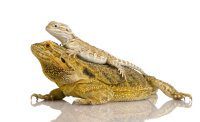
American Silkback Morphs
American “Silk” Morpha. As with Italian Leatherbacks, two American smoothies give super-shape with silky leather. This morph is now rare, due to the introduction of Italian Italian Leatherbacks (leather) and silkback (silk) genes. Even here the Americans are not lucky)
“Thinner” Dragons
This is a new dominant morph, with rather strange features. Kevin Dunn was the first to bring her out. These lizards have spikes that grow up the “beard”, and the tail has white stripes that run vertically along the tail instead of the typical horizontal pattern. The gene is dominant and co-dominant. Quite an interesting morph, you can see more details here
Translucent Morphs
Translucency is most noticeable when the lizard is still young. The translucent dragons are actually the result of a genetic disorder that prevents the creation of white pigments in the lizard’s skin. Since bearded dragons are usually lighter than dark, this makes their skin almost translucent.
“Hypo” Hypomelanistic Morphs
Hypomelanism is the term for a specific mutation in which the lizard still produces black or dark pigments but cannot “transfer” them to the skin. This leads to a significant lightening of the color range of the lizard’s body. This gene is recessive and thus, for its expression in the offspring, it requires a mother and father who already carry this gene.
Leucistic Morphs
leucysts appear white in color, but in fact they do not have any pigments at all and we see the natural color of the skin. Real bearded dragon leucists should not even have pigments on their nails, if at least one nail is black, this means that it is not a leucist. Quite often, instead of real leucists, they sell just very light lizards of the “hypo” shape.
“White Flash” Dragons
Witblits are another marvel of the bearded dragon morph. The usual dark pattern on the skin of these lizards is absent, the lizard is completely white. These dragons were bred in South Africa by a breeder who noticed a strange trait in some of his animals. He tried to cross these lizards, which eventually led to the appearance of the first bearded dragon without a pattern. They are born slightly darkish, but within a week they become pure white.
Japanese Silverback Dragons
At birth, these lizards look quite normal, but then quickly lighten up and their back takes on a silvery hue. The gene is recessive, after crossing Witblits and Silverback, there were no Patternless animals (no pattern) in the offspring, which proved that these are two different genes.
Albino Dragons
Technically, it’s not a morph. It is not possible to stably breed this line. I would just like to point out their difference from translucents, hypos and leucistics. In principle, it is possible to breed albino bearded dragons, they only require very careful care, as they are extremely sensitive to ultraviolet radiation. Usually albinos appear in the offspring by chance and almost never live to adulthood.
Now Morphs by color:
White Morphs
Red Morphs
Yellow Morphs
Orange Morphs
Tiger Pattern Morphs
Black Morphs
